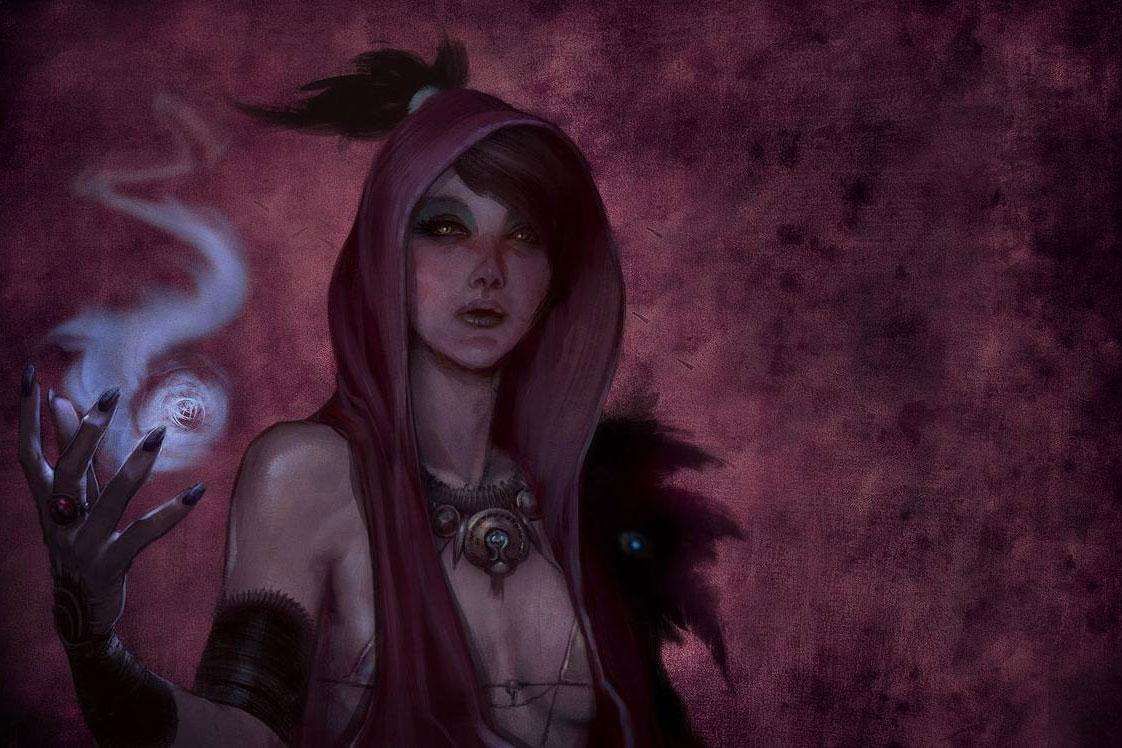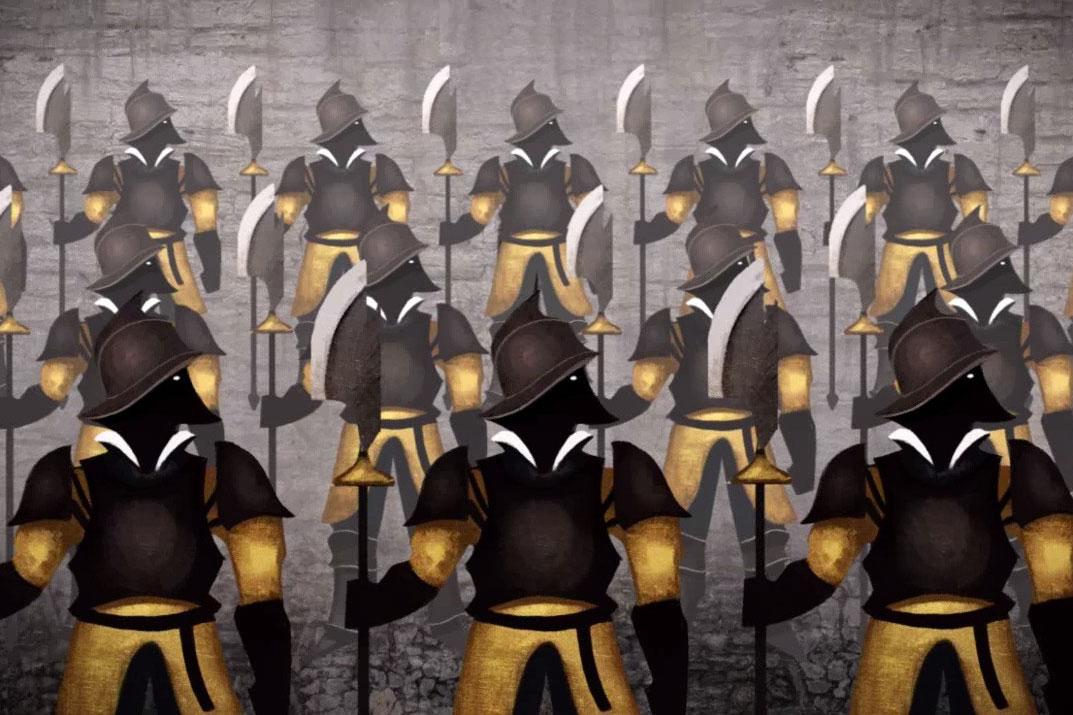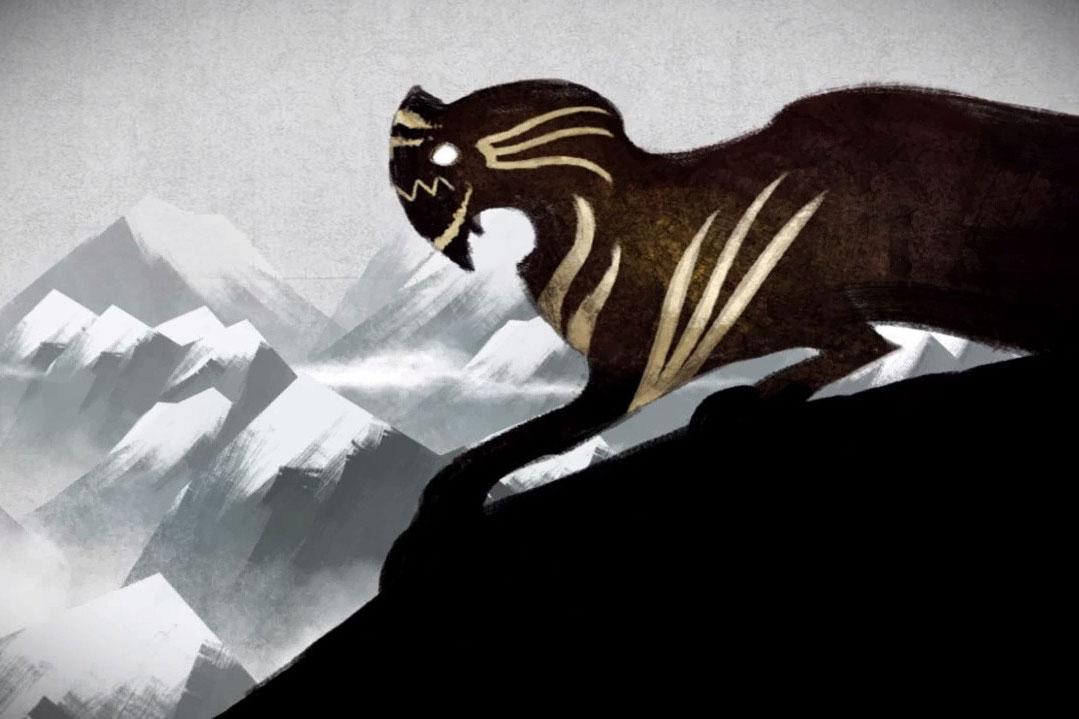The world of Thedas is a complex and lively place. With Dragon Age: Inquisition right around the corner, it probably seems like an intimidating world to just jump into — even if you played the heck out of Dragon Age: Origins and Dragon Age II.
Naturally, there’s also much more to the series’ lore than what’s contained in those two games. It spans books and comics, Wikis, fan theories, and easter eggs, a film, a web series, and more. And like any good, fully fleshed-out fantasy world — the kind BioWare excels at creating — it’s practically impossible to know everything about it.
You can certainly try, of course, but failing that, you can at least catch up on what happened in the first two games and get a sense of the wider world before embarking on the third adventure. And lucky for you, we’ve prepped this primer to get things started.
The world of Dragon Age
There is one known continent in the world of Dragon Age, and that continent is known as Thedas. That’s not to say there aren’t others; the world is a big place. But Thedas is the one we know about, and it’s where all the games take place.
Thedas is inhabited by multiple humanoid peoples, from familiar beings like dwarves and elves to the more imaginative horned Qunari. Their various kingdoms and countries have emerged over Thedas’s nine centuries of recorded history, each of which is referred to as a separate age. Guess what age the games begin in? Now you know where the title comes from.
Magic exists in this world, with its legally sanctioned power concentrated in the Circle of Magi, an order of mages charged with identifying and training the magically gifted. Unaffiliated magic-users, known as Apostates, are branded as outlaws and hunted by the Templar Order. The Templars are themselves the military body of the Chantry, the most powerful religious organization in Thedas. There exists between these three groups — Chantry, Templars, and Mages — a tense relationship, and that tension drives much of the conflict in Inquisition.
The kingdoms of Thedas have warred against one another off and on for nearly a thousand years, but throughout it all one threat pops up again and again: the Blight. When darkspawn — denizens of the underworld — are led by an Archdemon, the Blight threatens to overwhelm the realms of man and woman. And it keeps happening.
In the Dragon Age — present day in Dragon Age: Origins and Dragon Age II — a fifth Blight presents the greatest threat Thedas has yet seen. An ancient warrior order known as the Grey Wardens stands against it, but defeating the Blight is not as simple as walking up and sticking their swords in it. Thus begins the first game in the series, Dragon Age: Origins.
The story of Dragon Age: Origins
Like most good RPGs, Dragon Age: Origins is absolutely rife with narrative content. That means side stories, background details, detours, distractions, and all kinds of other stuffing that you might even remember more vividly than the main story.

That’s not to say that the core plot isn’t interesting — it’s more testament to how great BioWare’s world-building in Origins was, even with the half-dozen possible origin stories for the protagonist. Once you got that out of the way, your hero was quickly recruited into the Grey Wardens, and the fight against the darkspawn began.
It’s on a quest with fellow Grey Warden Alistair to recover vials of darkspawn blood — required for a ritual that Joins the one who drinks it magically to the Wardens… or kills them — that you meet Morrigan, a talented witch living under her mother’s thumb in the woods. When most of the other Grey Wardens are wiped out thanks to the betrayal of the sinister Teyrn Loghain, Morrigan joins Alistair and the other remaining Warden — our hero — on a quest to unite the nations of Thedas against the darkspawn and the Blight.
Naturally, these nations aren’t particularly swayed by the ancient treaties that should bind them together, but with some cajoling from the Wardens and their diverse group of ragtag companions — the Chantry sister Leliana, the Qunari warrior Sten, the dwarf Oghren, the elven assassin Zevran, the enchanter Wynne, and a trusty pooch — some semblance of an alliance is formed. Exactly what it looks like depends on your choices, but regardless, it all culminates in the Landsmeet, where the nations gather in Denerim, capital city of Ferelden, to determine how to defeat the Blight.
Meanwhile Loghain, having betrayed his king and nearly doomed the Grey Wardens, has retreated to Denerim, where he promptly crowns himself, sparking a civil war. After rescuing the queen and gaining the support of various allies, our hero defeats Loghain during the Landsmeet, either with words or with swords, and chooses Ferelden’s new ruler. Everyone then sets off to confront the darkspawn — and guess how it goes?
There are some wrinkles to this conclusion, though. The darkspawn horde sneaks in behind the marching army, sacking Denerim while the heroes play catch-up. Ultimately you defeat the Archdemon and save the day, though the cost varies from player to player.
And then there was Dragon Age II
Dragon Age II is a very different beast, and its strange narrative structure was a huge point of contention among fans. The game essentially had one main setting, the city of Kirkwall, and Dragon Age II’s entire story revolves around this single location and the player character, Hawke, the Champion of Kirkwall.
The story is framed with the interrogation of Varric, a dwarven character Hawke befriends during the game’s events. Varric is weaving the tale for the religious Chantry, who want to know the true story of what happened at Kirkwall.

It begins with Hawke’s narrow escape when his home is destroyed by a darkspawn horde, at the dawn of the first game’s Blight. The Hawke family hooks up with Aveline Vallen and is rescued from more darkspawn by none other than Flemeth, the wood witch (and Morrigan’s mother) from Origins. After a time jump the Hawkes and co. find themselves in Kirkwall, where the bulk of the rest of the game takes place.
After a year in-game, Dragon Age II catches up with Origins and Hawke learns that the fifth Blight has been defeated. A series of odd jobs leads to an expedition in the Deep Roads, the home of the remaining darkspawn. There, Hawke and their companions — now including Varric, Aveline, a Grey Warden deserter named Anders, the pirate Isabela, the ex-slave Fenris, the blood mage Merrill, and Hawke’s brother and sister, Carver and Bethany — discover an important idol that’s promptly stolen from them.
Several years pass, and the Hawke family, now rich as hell, contends with a Qunari uprising, the gruesome murder of their mother, and more odd hijinks. Ultimately, the Qunari leave Kirkwall, and Hawke is declared the city’s Champion. As more time passes, Hawke gets caught up in the bickering of Kirkwall’s leading factions, including an ongoing quasi-religious dispute between Templars and mages. Meredith and Orsino, these factions’ respective leaders, duke it out over the course of years, culminating in a betrayal by Hawke’s companion Anders and the protagonist being forced to choose sides.
Ultimately a sword forged from the magical idol that was stolen from Hawke in the Deep Roads — and made from the dangerous mineral, red Lyrium — drives Meredith mad, forcing Hawke’s hand. He defeats her, but these events set the stage for a full-blown Mage-Templar War. The tale, as Varric tells it during the game’s narrative frames, vindicates Hawke and revealed Meredith to have been the real villain. Other aspects of the ending vary depending on your choices, but that’s the gist of it.
Now go build the world you want in EA’s Dragon Age Keep, the online application that lets you configure the past events leading up to Inquisition exactly how you remember them from the games you played — or how you wish they had gone.
Editors' Recommendations
- Dragon Age: Dreadwolf: release date speculation, trailers, gameplay, and more
- Dragon Age: Dreadwolf doesn’t seem to be coming out this year
- Dragon Age 4 now officially titled Dragon Age: Dreadwolf
- Here’s everything you need to know about Xbox achievements
- Everything we know about Mass Effect 4









